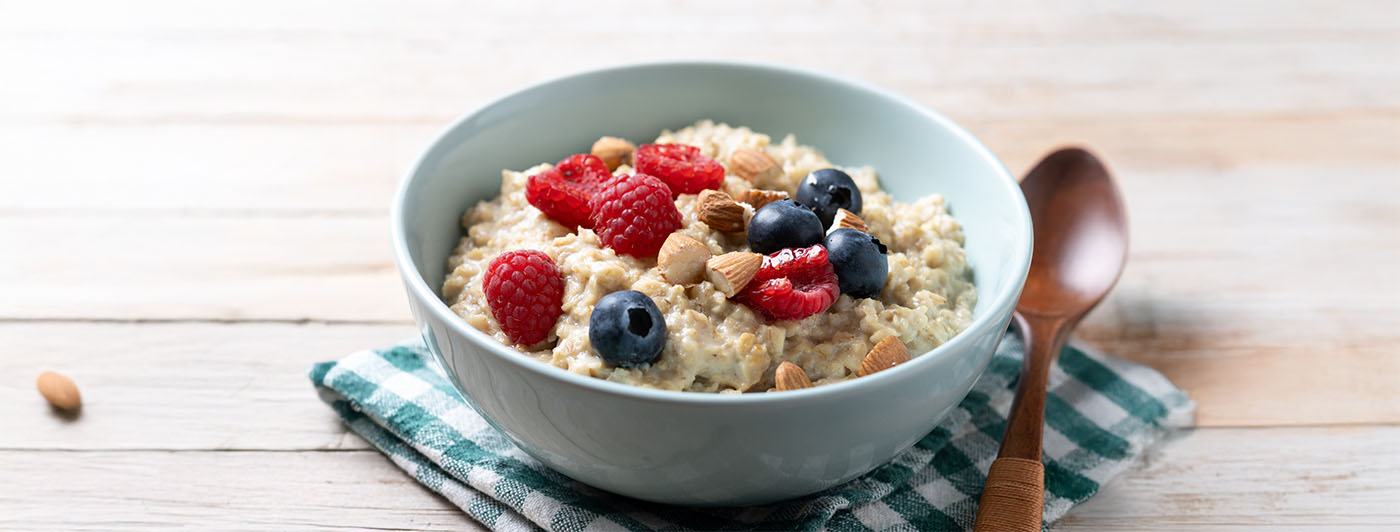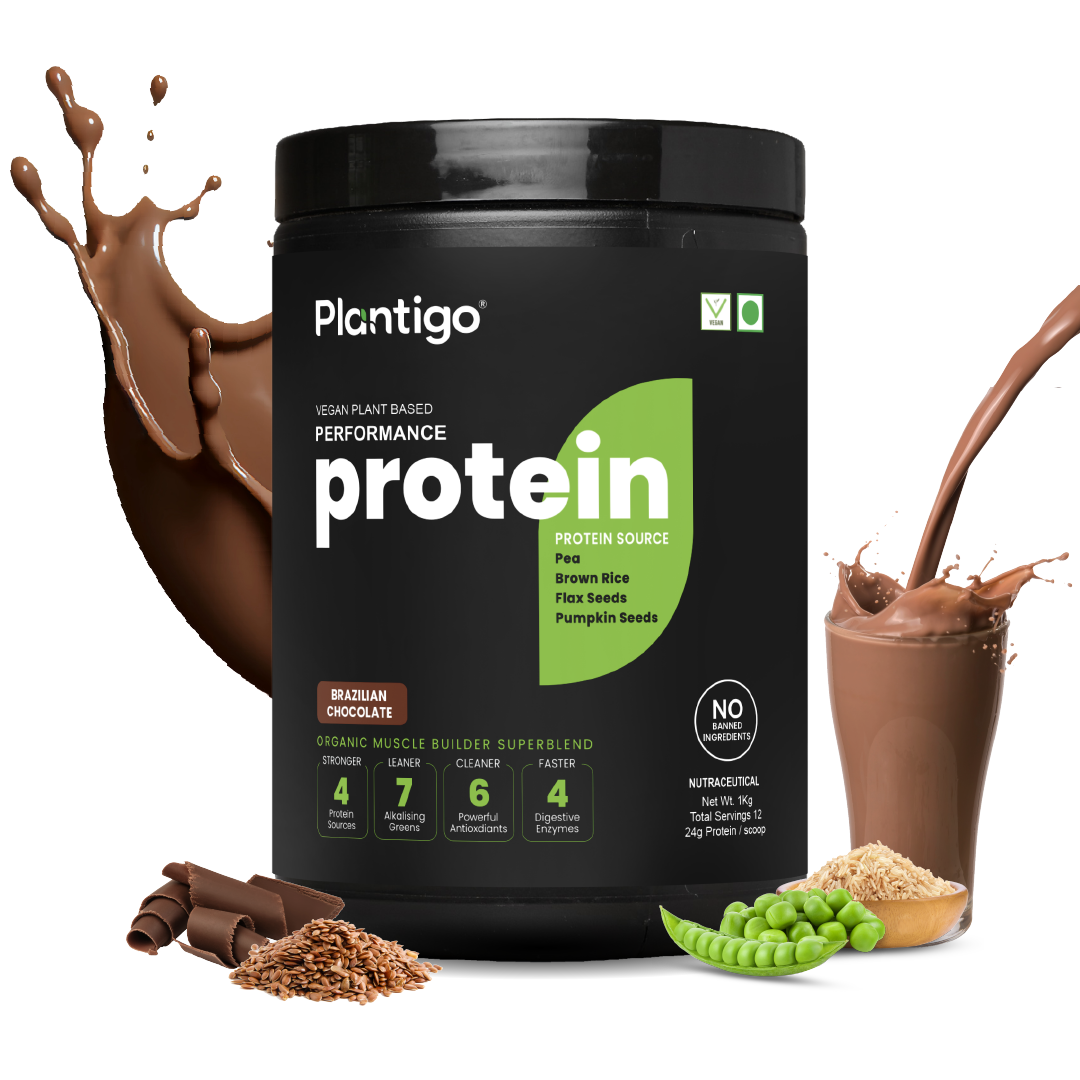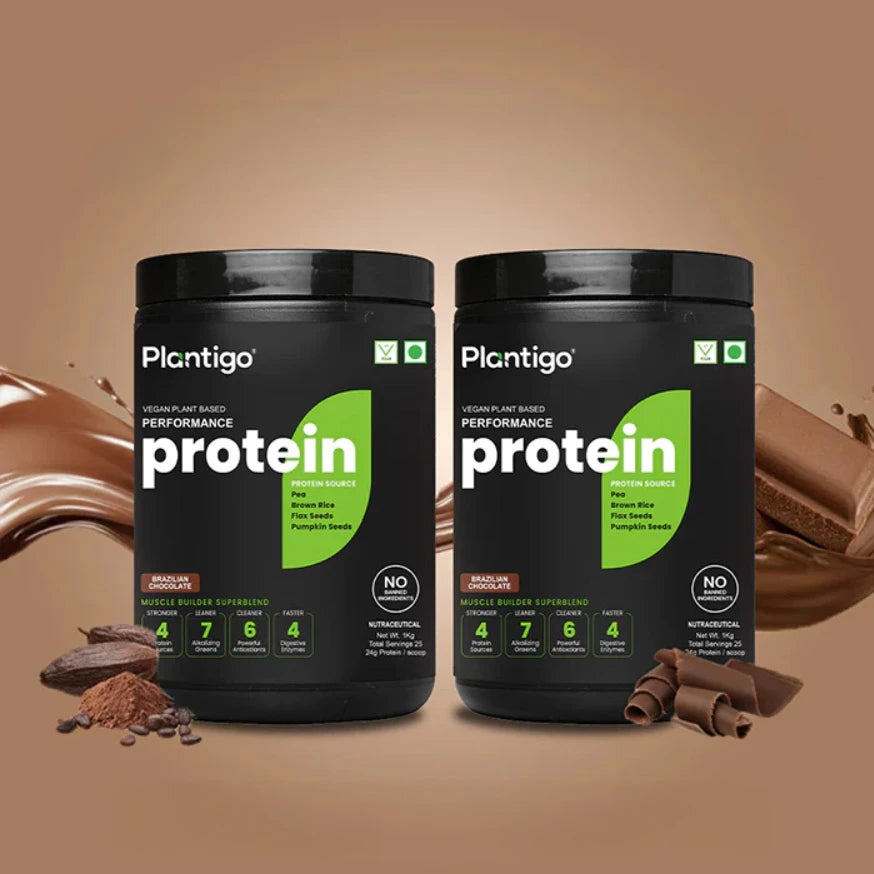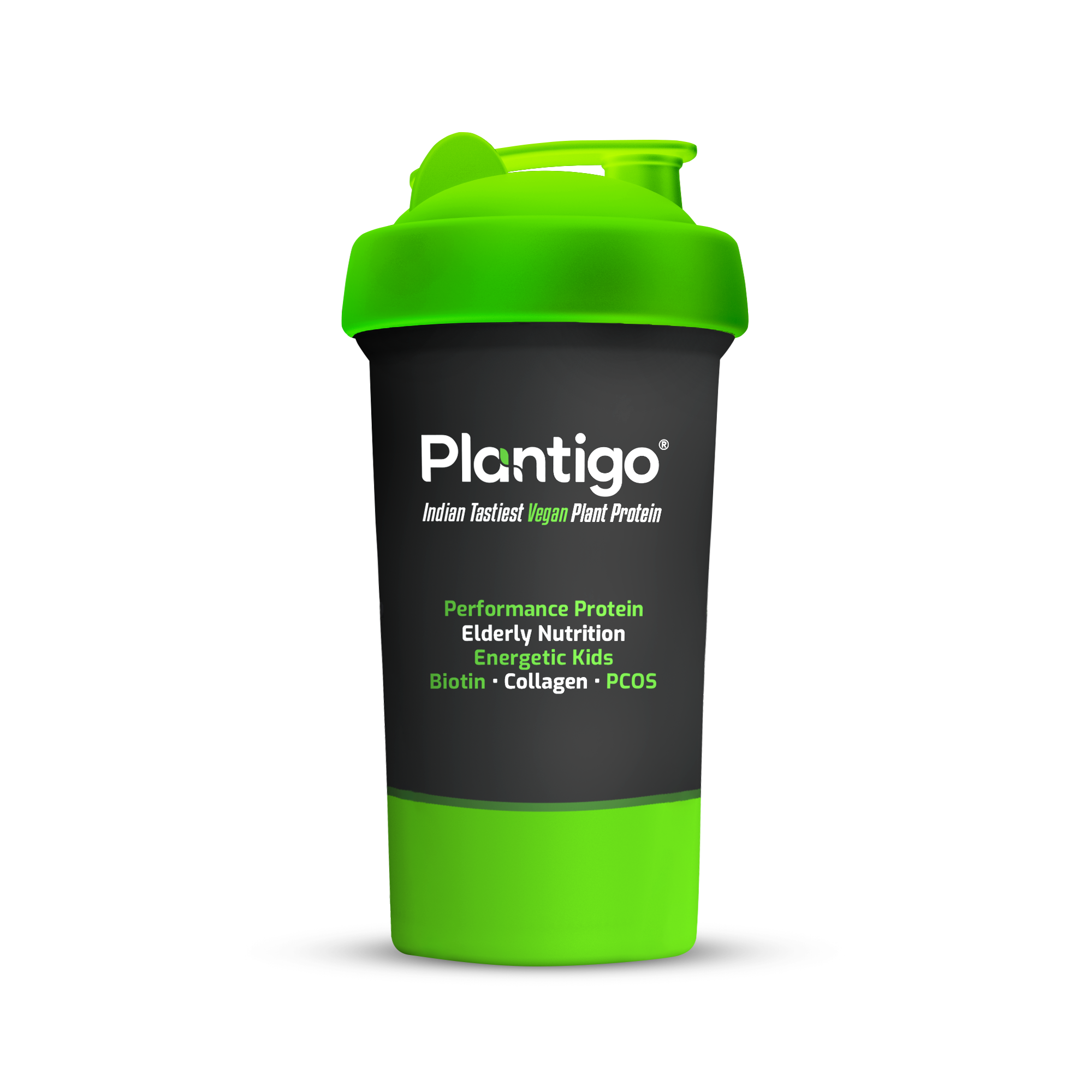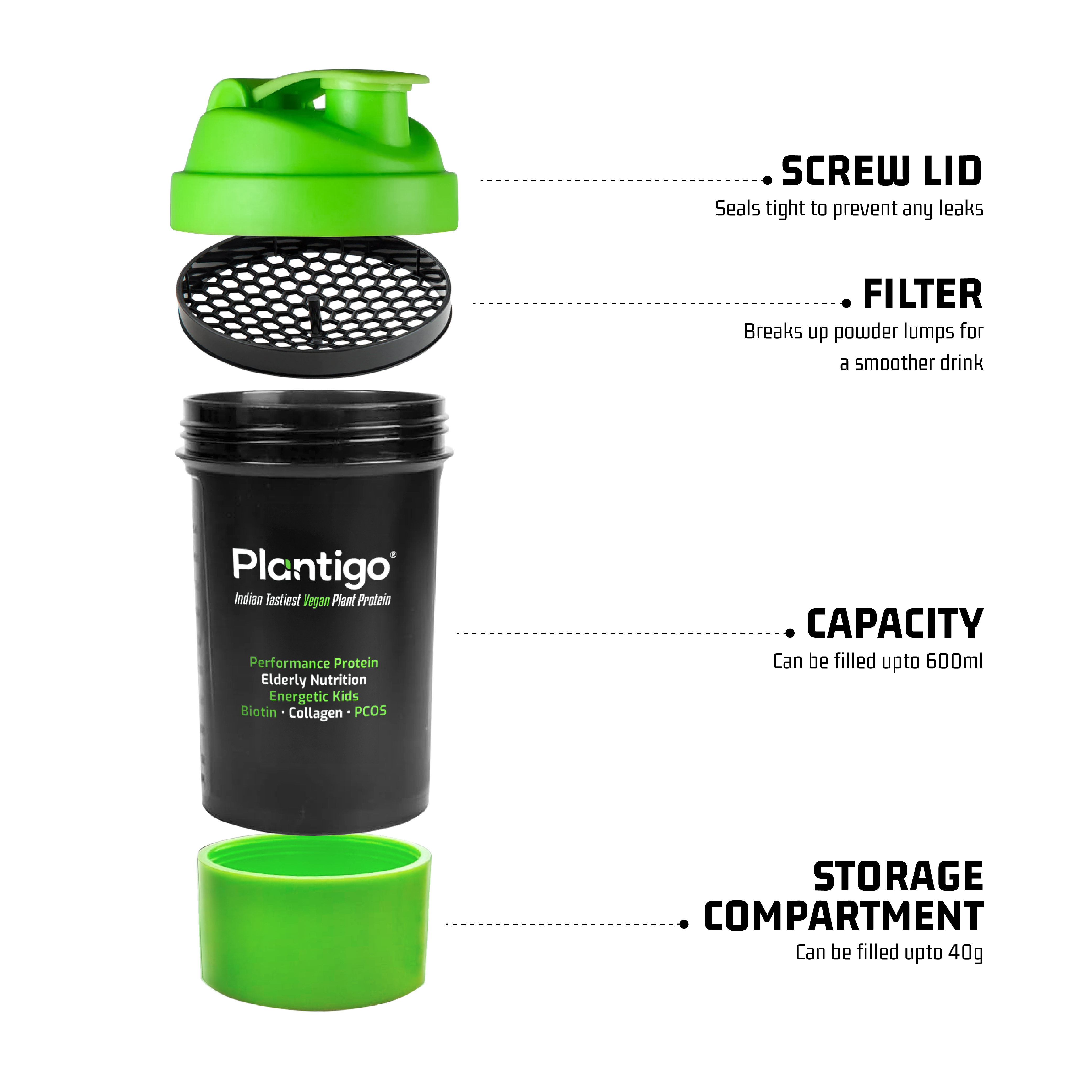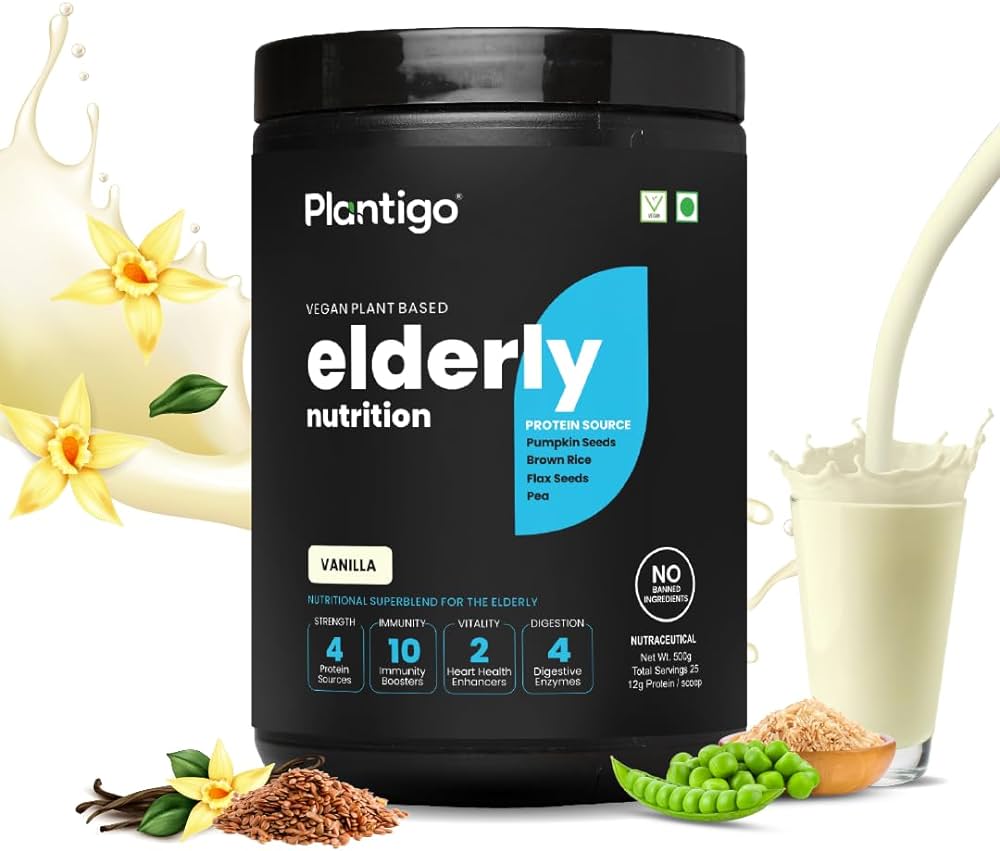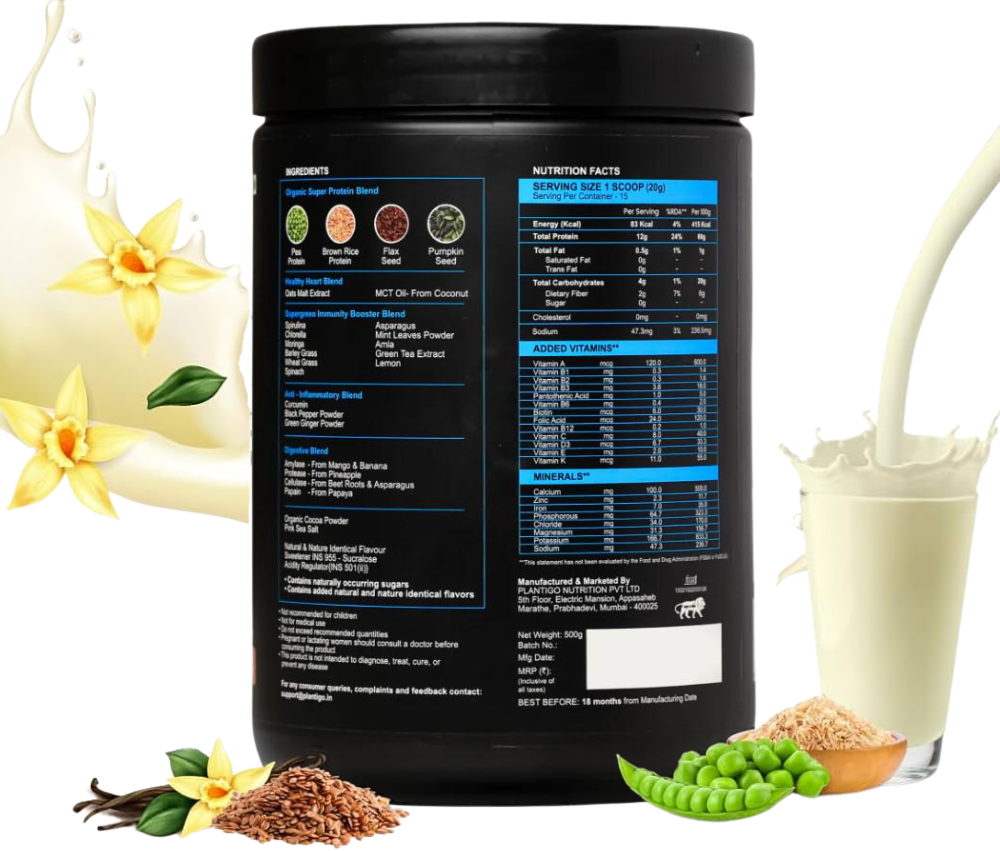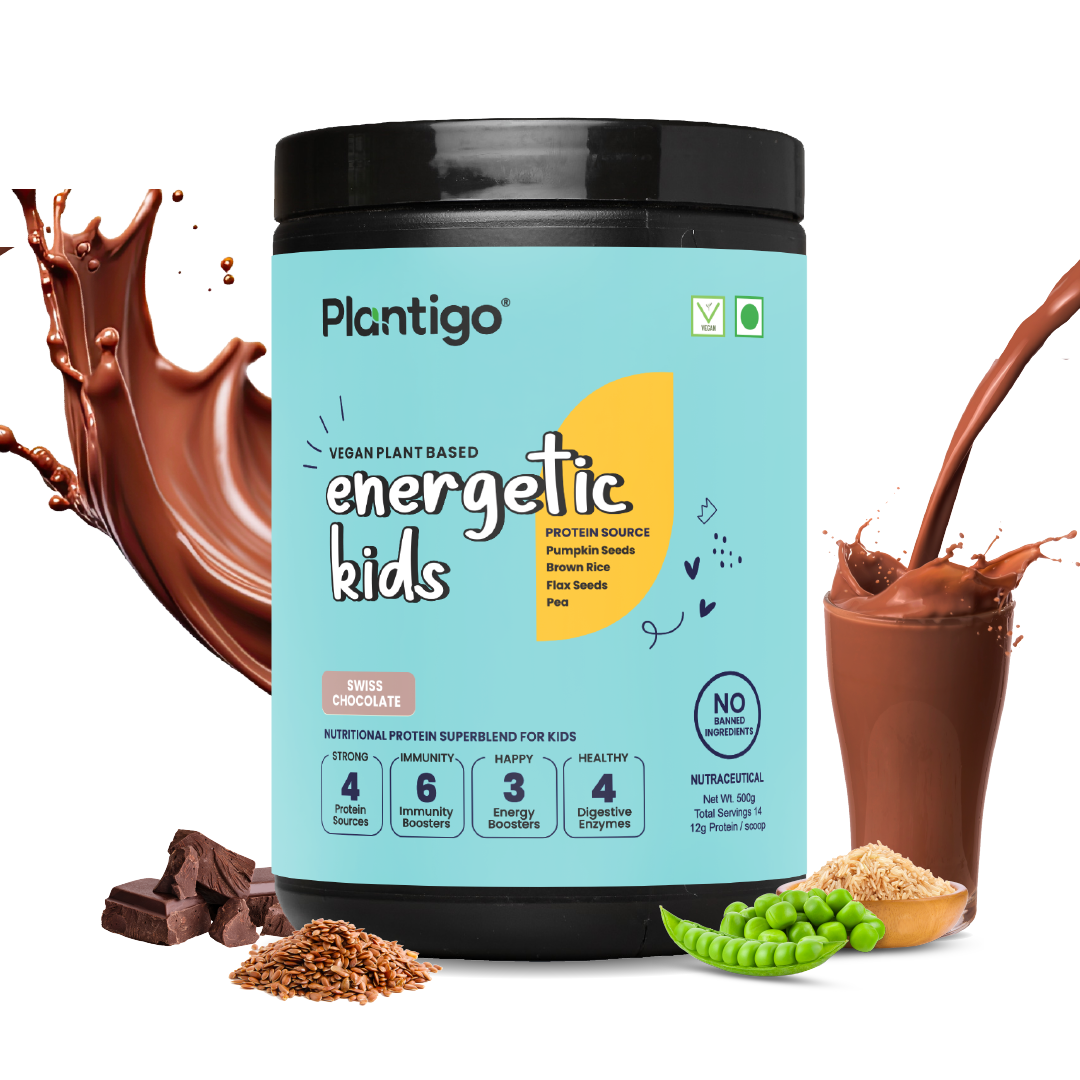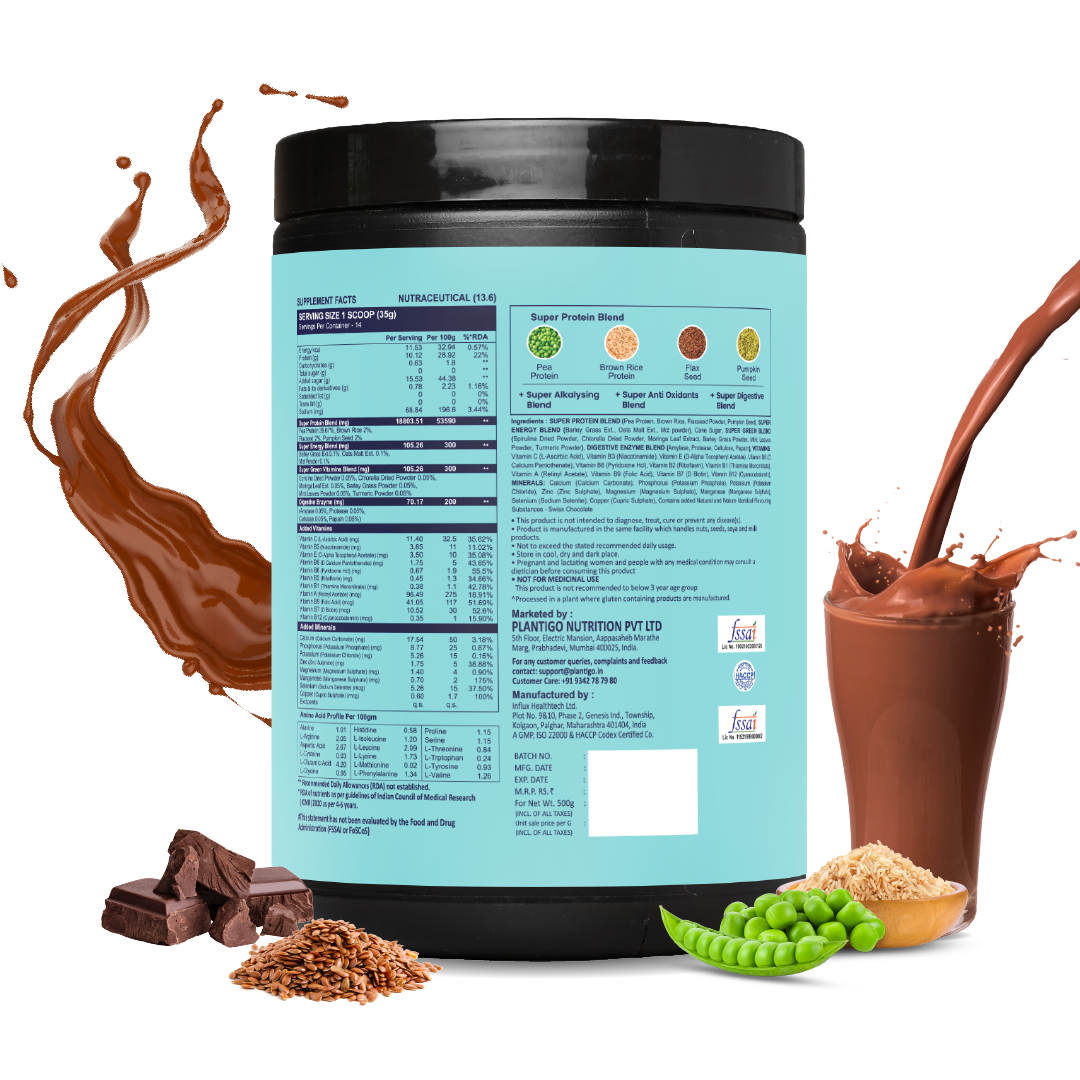Is your breakfast bowl working for you — or against you? Oats are a favorite for their ability to curb hunger and support heart health, but the type you choose—steel cut oats vs rolled oats—can affect how long you stay full, your energy levels, and even how nutrients are absorbed.
Both varieties come from whole oat groats, a grain celebrated for its role in cardiovascular health, metabolism, digestion, and as a steady source of plant protein. The difference lies in processing: steel cut oats are coarse and hearty, while rolled oats are softer and quick to cook.
This article compares the two, breaking down nutrition, benefits, and taste so you can decide which fits your lifestyle best.
What Are Steel Cut and Rolled Oats?
All oats begin as whole oat groats, composed of the bran (fiber-rich outer layer), the germ (nutrient-dense core), and the endosperm (starch component). Processing alters how these components interact during digestion:
-
Steel Cut Oats: Produced by slicing oat groats into coarse fragments with steel blades. This minimal processing preserves density and slows starch gelatinization during cooking, which impacts glycemic index.
-
Rolled Oats: Groats are steamed and mechanically flattened. This pre-cooking softens starches, reduces cooking time, and increases digestibility.
Thus, the steel cut oats vs rolled oats distinction lies in the extent of starch exposure and physical form, both of which influence metabolic responses.
Steel Cut Oats vs Rolled Oats: Nutrition Breakdown
The macronutrient profile of steel cut and rolled oats is nearly identical. However, subtle processing differences alter glycemic load and satiety potential.
|
Nutrient (per 40 g dry serving) |
Steel Cut Oats |
Rolled Oats |
|
Calories |
~150 kcal |
~150 kcal |
|
Protein |
5 g |
5 g |
|
Fiber |
4 g |
4 g |
|
Carbohydrates |
27 g |
27 g |
|
Fat |
2.5 g |
2.5 g |
|
Glycemic Index |
~52 |
~55–60 |
Research suggests that lower glycemic index foods, like steel cut oats, contribute to improved glycemic control, insulin sensitivity, and satiety. Rolled oats, though slightly higher in glycemic index, still fall into the category of low-to-moderate GI foods and remain beneficial for most individuals.
For context, the protein in 1 roti averages 2–3 g, nearly half of what oats provide, underscoring oats’ advantage as a breakfast staple for individuals targeting protein adequacy.
Physiological Benefits of Steel Cut Oats
1. Blood Sugar Regulation
The dense particle size of steel cut oats slows enzymatic access to starch, leading to a lower postprandial glucose response. This makes them particularly beneficial for individuals with prediabetes, type 2 diabetes, or metabolic syndrome. In the comparison of steel cut oats vs rolled oats, this slower digestion is one of the biggest differentiators.
2. Cardiovascular Health
Steel cut oats contain soluble fiber in the form of beta-glucan. Clinical studies show that 3 g of beta-glucan per day can reduce LDL cholesterol by 5–10%. Pairing oats with vitamin C rich foods such as citrus fruits enhances non-heme iron absorption, an added nutritional synergy.
3. Satiety and Weight Management
The slower digestion rate of steel cut oats prolongs satiety signals mediated by gut hormones such as peptide YY (PYY). For individuals aiming at muscle growth or caloric surplus, adding protein powder for weight gain to steel cut oats can optimize both fullness and nutrient density.
Physiological Benefits of Rolled Oats
1. Rapid Energy Availability
Rolled oats undergo partial pre-gelatinization during steaming, which accelerates starch breakdown and glucose release. This makes them ideal as a pre-exercise meal, where immediate energy is advantageous. Adding a banana not only improves palatability but contributes about 1 banana protein along with potassium for muscle function. Compared to steel cut oats vs rolled oats, rolled oats are the quicker fuel option.
2. Digestive and Gut Health
Rolled oats provide soluble and insoluble fiber that supports colonic health. Beta-glucan also acts as a prebiotic, selectively stimulating beneficial gut microbiota such as Bifidobacterium. Inclusion of chia seeds for skin health further boosts omega-3 fatty acid content, contributing to anti-inflammatory benefits.
3. Versatility in Nutrition Delivery
Their soft texture allows easy incorporation into smoothies, protein bars, and infant or geriatric diets where chewing capacity is limited.
Steel Cut Oats vs Rolled Oats: Taste and Texture
From a culinary standpoint, the distinction is clear:
-
Steel Cut Oats: Nutty, chewy, and hearty, requiring 20–30 minutes of cooking.
-
Rolled Oats: Soft, creamy, and versatile, requiring only 5 minutes.
These textural differences impact satiety perception. Studies suggest that chewier foods, like steel cut oats, may enhance satiety due to prolonged oral exposure and slower gastric emptying. Thus, steel cut oats vs rolled oats is not merely a matter of taste—it can influence subjective appetite control.
Fitness and Performance Considerations
Oats are valued in sports nutrition for their balanced macronutrient profile, but context dictates preference:
-
For Weight Loss: Steel cut oats may improve adherence to calorie control due to greater satiety. In the comparison of steel cut oats vs rolled oats, steel cut generally wins for those aiming to stay fuller for longer.
-
For Endurance Sports: Rolled oats offer faster digestibility, making them suitable for pre-competition fueling.
-
For Strength Training: Both types deliver ~5 g protein, but combining them with nuts, seeds, or a scoop of plant based protein powder provides a more complete amino acid profile. This practice aligns with increasing reliance on plant protein in sustainable nutrition strategies.
Some athletes incorporate flaxseeds or soy milk, both estrogen rich foods, into their oat bowls for additional hormonal and cardiovascular support.
Are Oats Nutritionally Complete?
While oats are nutrient-dense, they are not nutritionally exhaustive. This holds true whether you choose steel cut oats vs rolled oats, as both share the same nutrient profile and limitations.

-
Vitamin B12 Gap: Oats naturally lack vitamin B12. Since genuine vitamin B12 vegetables do not exist, vegetarians and vegans must rely on fortified foods or supplementation.
-
Micronutrient Synergies: Adding berries or kiwi supplies vitamin C rich foods, which aid in iron absorption. Nuts and seeds add magnesium, zinc, and healthy fats.
-
Functional Enhancements: Flax, chia, and other seeds contribute alpha-linolenic acid (ALA), an omega-3 fatty acid beneficial for cardiovascular and skin health.
Together, these combinations transform oats from a carbohydrate-dominant food into a more balanced, functional meal.
Practical Recommendations
-
Time Efficiency: Rolled oats are better for quick preparation, while steel cut oats can be batch-cooked and refrigerated for the week.
-
Digestive Tolerance: Rolled oats may be easier for individuals with gastrointestinal sensitivities.
-
Taste Preference: Steel cut oats provide a hearty bite, while rolled oats yield a creamy texture.
-
Nutritional Enhancement: Pair either type with fruits, nuts, or the best plant based protein source available to elevate nutritional density.
Key Takeaways
-
Steel cut oats vs rolled oats differ primarily in texture, cooking time, and glycemic index, not in core macronutrient composition.
-
Steel cut oats support satiety, glycemic control, and cardiovascular health.
-
Rolled oats provide convenience, rapid energy, and versatility.
-
Both can be fortified with fruits, seeds, or proteins for improved nutrient density.
-
Oats form a strong dietary base but should be complemented with sources of B12, vitamin C, and additional proteins for complete nutrition.
The Bottom Line
The choice between steel cut oats vs rolled oats is not about superiority but about context. Steel cut oats are better for individuals seeking sustained energy release and prolonged fullness, while rolled oats suit those who need quick preparation and rapid fuel.
Both forms offer significant health benefits, backed by scientific evidence linking oat consumption to lower cholesterol, improved blood sugar control, and better digestive function. To maximize their potential, oats can be paired with nutrient-rich additions such as fruits, seeds, or a source of high-quality plant protein. Options like Plantigo Plant Protein complement the natural fiber and complex carbohydrates in oats, creating a balanced meal that supports overall health, sustained energy, and recovery.
Frequently Asked Questions
1. Are steel cut oats healthier than rolled oats?
Answer: Both are nutritionally close, but steel cut oats digest more slowly, which can lead to steadier blood sugar and longer satiety. Rolled oats, while easier to prepare, may cause a quicker energy rise. The choice depends on whether you value slow, sustained energy (steel cut) or quick convenience (rolled).
2. Which oats are better for weight loss?
Answer: Steel cut oats may be slightly more effective for weight loss because their coarse texture takes longer to digest, helping control appetite for longer periods. Rolled oats still support weight loss but tend to work better for people who need faster energy before workouts.
3. Can I use steel cut oats and rolled oats in the same recipes?
Answer: Not always. Steel cut oats stay chewy and nutty, making them less suitable for cookies or smoothies but perfect for hearty porridges. Rolled oats soften easily, so they’re better for baking, overnight oats, or blending. Mixing them is possible but usually alters texture.
4. Which is easier on digestion: steel cut oats or rolled oats?
Answer: Rolled oats are gentler because steaming and rolling pre-soften the grain. Steel cut oats, being denser, may cause discomfort in people with sensitive digestion unless cooked thoroughly. For gut health benefits, both are excellent sources of soluble fiber.
5. Do steel cut oats and rolled oats have the same heart benefits?
Answer: Yes—both contain beta-glucan fiber that helps lower LDL cholesterol. The key factor isn’t the cut, but the daily amount consumed. A single serving of either can contribute meaningfully to cardiovascular protection when part of a balanced diet.

